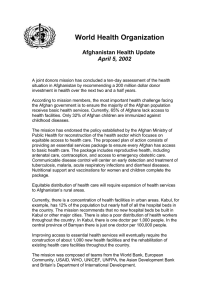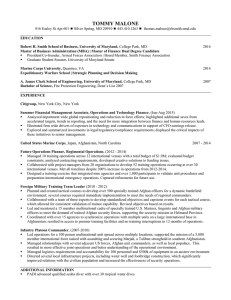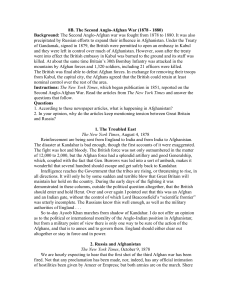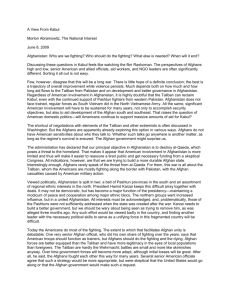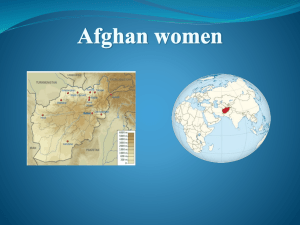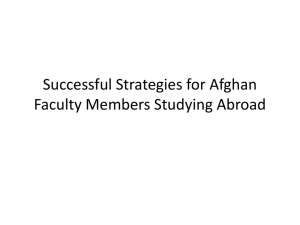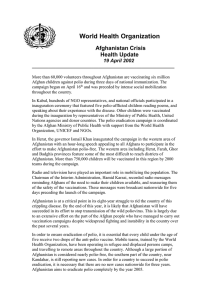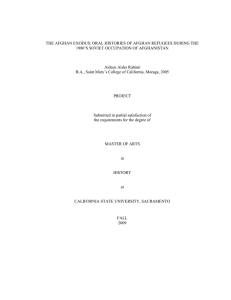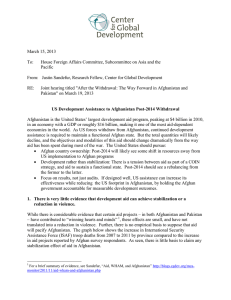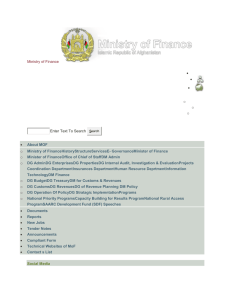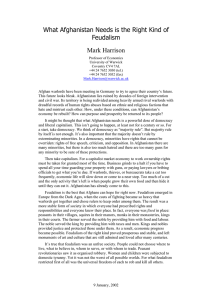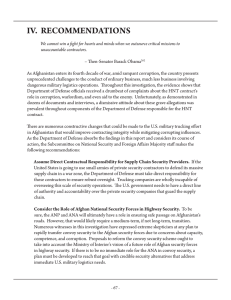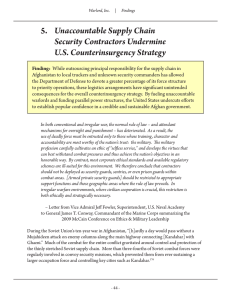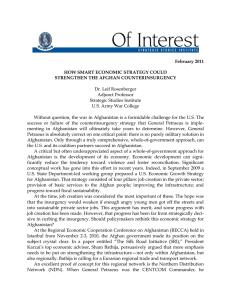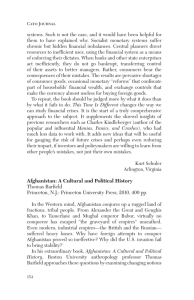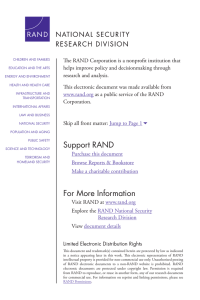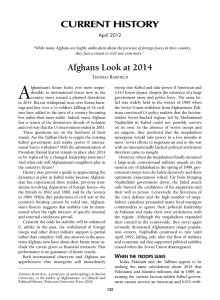Fact Sheet on Supporting Afghanistan’s Development
advertisement
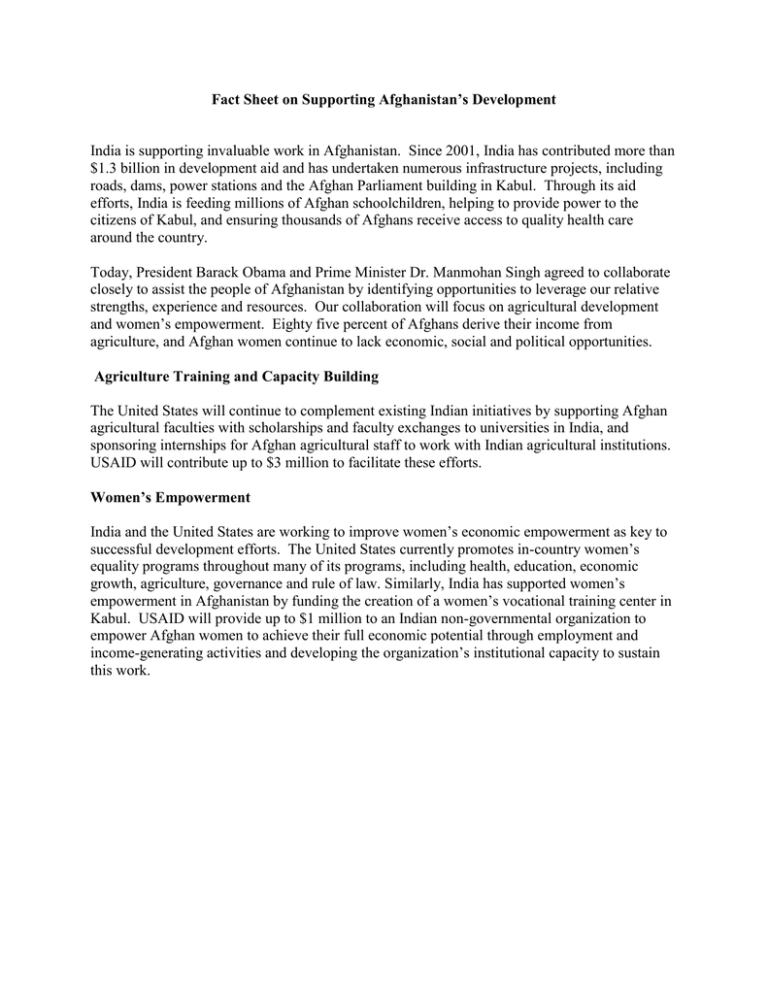
Fact Sheet on Supporting Afghanistan’s Development India is supporting invaluable work in Afghanistan. Since 2001, India has contributed more than $1.3 billion in development aid and has undertaken numerous infrastructure projects, including roads, dams, power stations and the Afghan Parliament building in Kabul. Through its aid efforts, India is feeding millions of Afghan schoolchildren, helping to provide power to the citizens of Kabul, and ensuring thousands of Afghans receive access to quality health care around the country. Today, President Barack Obama and Prime Minister Dr. Manmohan Singh agreed to collaborate closely to assist the people of Afghanistan by identifying opportunities to leverage our relative strengths, experience and resources. Our collaboration will focus on agricultural development and women’s empowerment. Eighty five percent of Afghans derive their income from agriculture, and Afghan women continue to lack economic, social and political opportunities. Agriculture Training and Capacity Building The United States will continue to complement existing Indian initiatives by supporting Afghan agricultural faculties with scholarships and faculty exchanges to universities in India, and sponsoring internships for Afghan agricultural staff to work with Indian agricultural institutions. USAID will contribute up to $3 million to facilitate these efforts. Women’s Empowerment India and the United States are working to improve women’s economic empowerment as key to successful development efforts. The United States currently promotes in-country women’s equality programs throughout many of its programs, including health, education, economic growth, agriculture, governance and rule of law. Similarly, India has supported women’s empowerment in Afghanistan by funding the creation of a women’s vocational training center in Kabul. USAID will provide up to $1 million to an Indian non-governmental organization to empower Afghan women to achieve their full economic potential through employment and income-generating activities and developing the organization’s institutional capacity to sustain this work.
